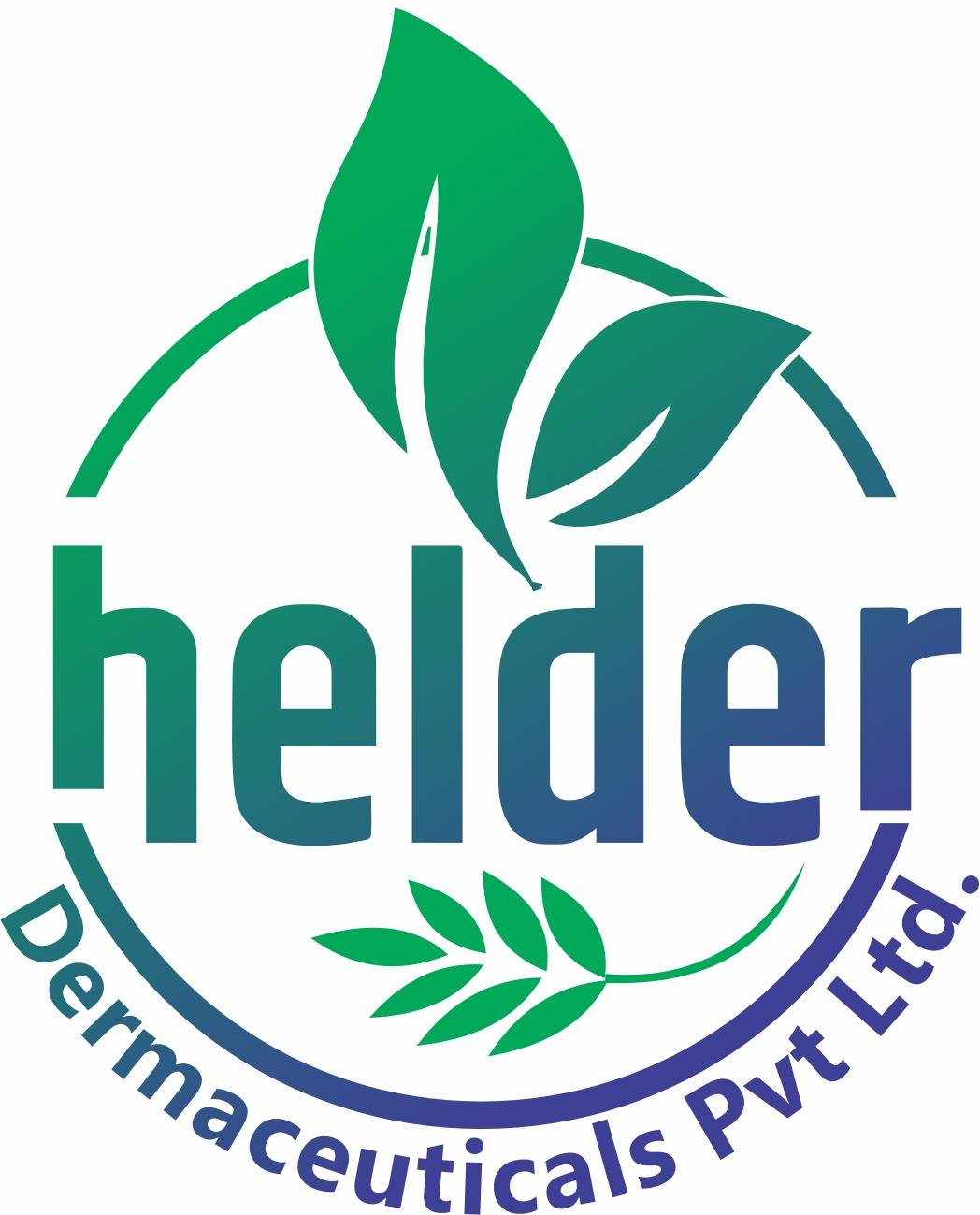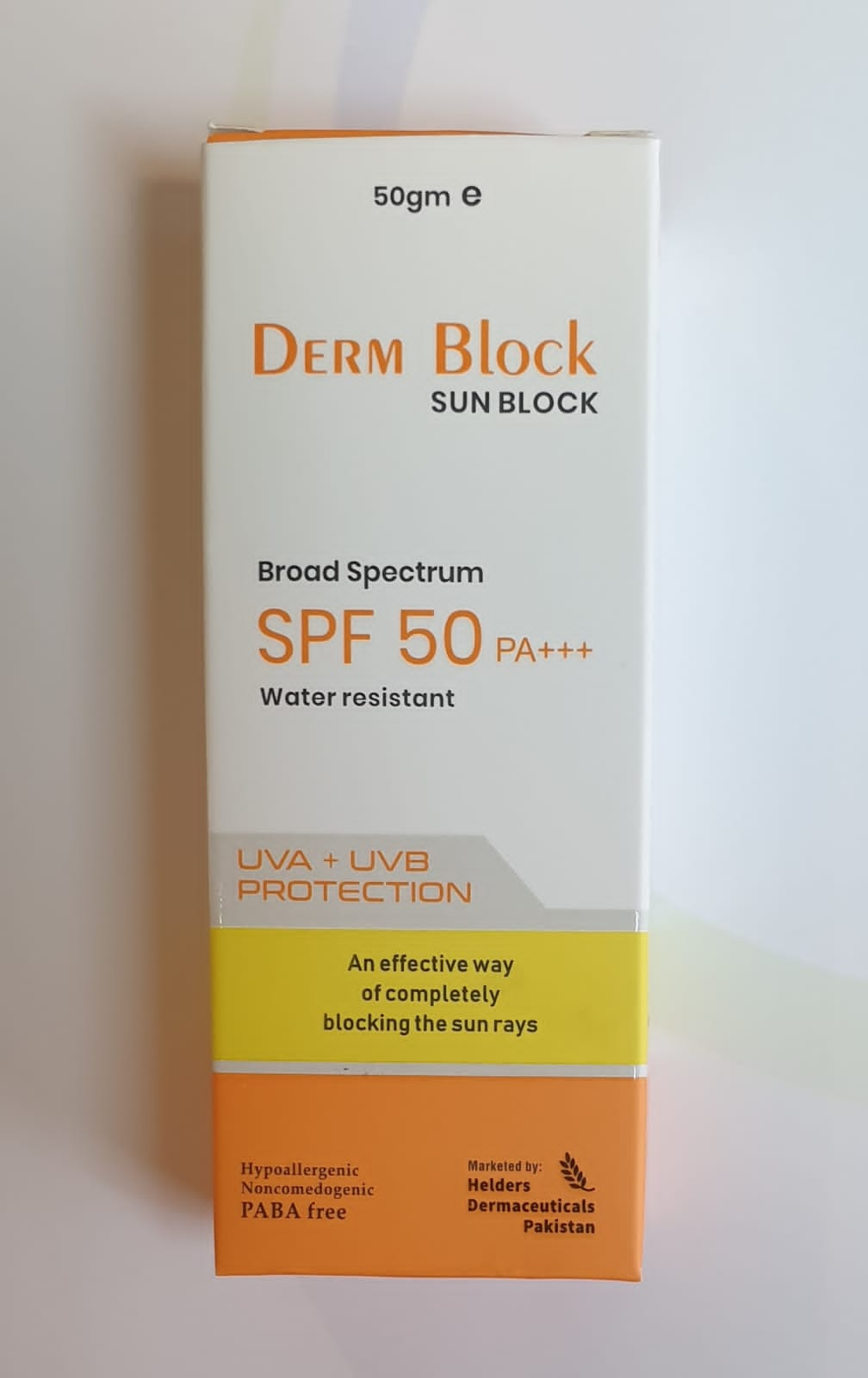The sun is a powerful force, gifting us warmth, light, and the energy that sustains life on Earth. But its ultraviolet (UV) rays, while essential, can also be harmful to our skin, leading to sunburn, premature aging, and even skin cancer. For decades, sunblock has been our primary shield, a vital tool in our skincare arsenal. However, as our understanding of environmental impact grows, so too does our awareness that not all sunblocks are created equal, especially when it comes to their effect on our planet’s delicate ecosystems. This realization has sparked a “green revolution” in sun protection, leading to a surge in demand for safe and eco-friendly sunblocks.
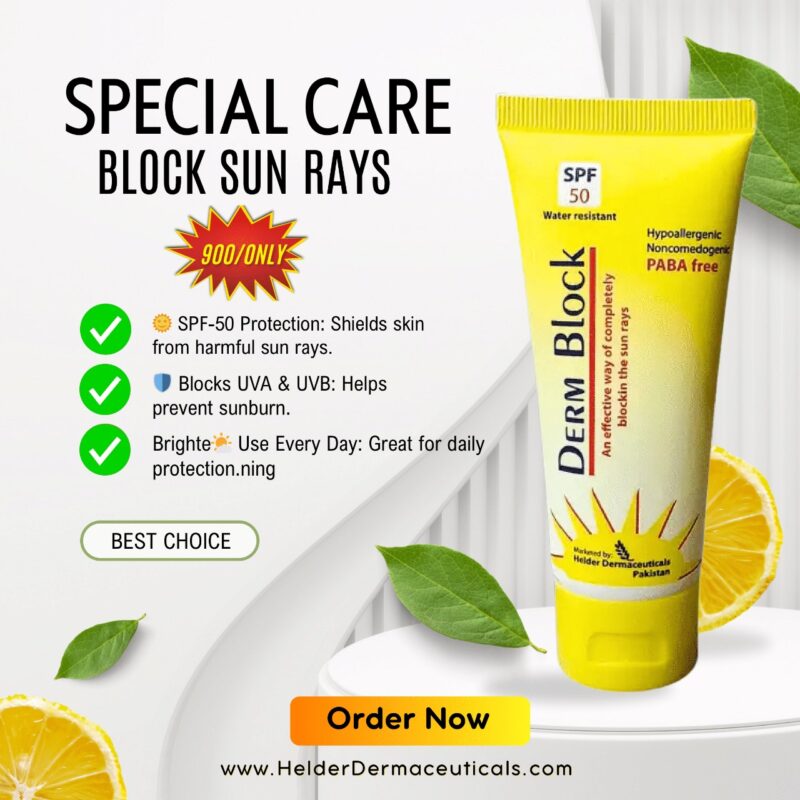
For a long time, the primary concern when choosing a sunblock was its Sun Protection Factor (SPF) and whether it offered broad-spectrum protection. While these factors remain crucial for human health, a new and equally important question has emerged: what happens to the sunblock once it washes off our skin and enters our waterways? The answer, for many traditional chemical sunscreens, is not good news for our oceans, particularly our precious coral reefs.
It’s a great choice, especially given the growing global awareness of environmental protection. Here’s a 1600-word article on “The Green Revolution in Sun Protection: Navigating Reef-Safe and Eco-Friendly Sunblocks,” written in simple and understandable English, with the keyword “Safe and Eco-Friendly Sunblocks” used approximately 15-20 times.
The Green Revolution in Sun Protection: Navigating Reef-Safe and Eco-Friendly Sunblocks
The sun is a powerful force, gifting us warmth, light, and the energy that sustains life on Earth. But its ultraviolet (UV) rays, while essential, can also be harmful to our skin, leading to sunburn, premature aging, and even skin cancer. For decades, sunblock has been our primary shield, a vital tool in our skincare arsenal. However, as our understanding of environmental impact grows, so too does our awareness that not all sunblocks are created equal, especially when it comes to their effect on our planet’s delicate ecosystems. This realization has sparked a “green revolution” in sun protection, leading to a surge in demand for safe and eco-friendly sunblocks.
For a long time, the primary concern when choosing a sunblock was its Sun Protection Factor (SPF) and whether it offered broad-spectrum protection. While these factors remain crucial for human health, a new and equally important question has emerged: what happens to the sunblock once it washes off our skin and enters our waterways? The answer, for many traditional chemical sunscreens, is not good news for our oceans, particularly our precious coral reefs.
Coral reefs are often called the “rainforests of the sea.” They are vibrant underwater cities, teeming with diverse marine life, and vital for the health of our planet. They protect coastlines, support fisheries, and are home to a quarter of all marine species. Sadly, these incredible ecosystems are under immense threat from climate change, pollution, and, increasingly, from the very products we use to protect ourselves from the sun.
The Hidden Dangers: What Makes a Sunblock Un-Eco-Friendly?
The main culprits in traditional sunblocks are certain chemical UV filters. Two in particular, oxybenzone (also known as Benzophenone-3) and octinoxate (also known as Octyl Methoxycinnamate), have been identified by scientific research as particularly damaging to coral reefs. When these chemicals wash off swimmers and into the ocean, they can
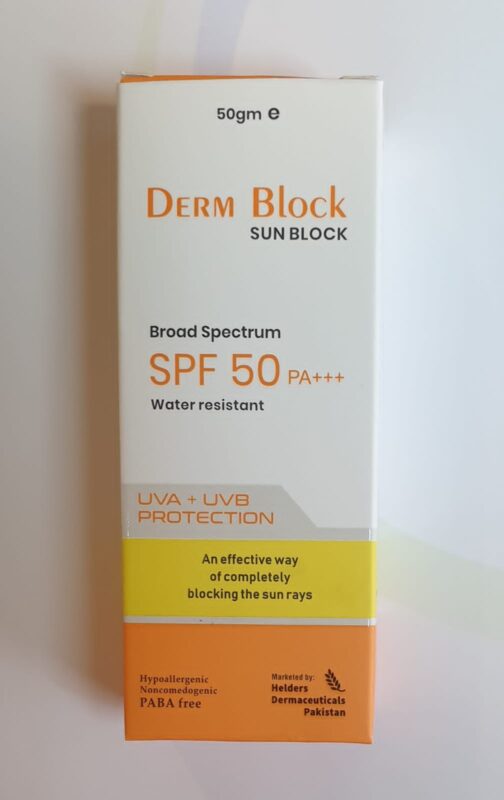
- Bleach coral: This doesn’t mean turning them white like bleach you use for laundry. Coral bleaching is a stress response where corals expel the colorful algae living in their tissues, which are vital for their survival. Bleached corals are more susceptible to disease and death.
- Damage coral DNA: Research suggests these chemicals can directly harm the genetic material of coral, hindering their growth and ability to reproduce.
- Deform coral larvae: Even tiny amounts can prevent young coral from developing properly, impacting the next generation of reef builders.
- Accumulate in marine life: These chemicals can also be absorbed by fish and other marine creatures, potentially disrupting their endocrine systems and affecting their reproduction and development.
- Contribute to viral infections in corals: Some studies even link these chemicals to increased susceptibility of corals to viral infections.
It’s not just oxybenzone and octinoxate. Other chemical UV filters like octocrylene and homosalate are also under scrutiny for their potential environmental impact. The scale of the problem is significant. Millions of pounds of sunscreen are estimated to enter the oceans each year, and even tiny concentrations of these harmful chemicals can have devastating effects. This has led to an urgent call for more safe and eco-friendly sunblocks
The Rise of Reef-Safe and Eco-Friendly Sunblocks
The good news is that the beauty and skincare industries are responding to this environmental crisis. There’s a growing movement towards creating safe and eco-friendly sunblocks that protect your skin without harming the planet. But what exactly does “reef-safe” mean, and how can you identify truly safe and eco-friendly sunblocks?
Generally, “reef-safe” sunscreens avoid the chemical UV filters known to harm corals, primarily oxybenzone and octinoxate. Instead, they rely on mineral UV filters:
- Zinc Oxide: This is a naturally occurring mineral that works by sitting on top of your skin and physically blocking UV rays, like a shield. It reflects both UVA and UVB rays, making it an excellent broad-spectrum protector. Zinc oxide is widely considered one of the safest and most effective UV filters, both for human health and for the environment.
- Titanium Dioxide: Another mineral filter, titanium dioxide also works by creating a physical barrier on the skin. It primarily blocks UVB rays and some UVA rays. Like zinc oxide, it is highly stable and generally considered very safe.
When choosing mineral sunblocks, it’s important to look for “non-nano” versions of zinc oxide and titanium dioxide. Nanoparticles are extremely tiny particles that could potentially be ingested by marine organisms or penetrate their tissues. While research on the full impact of nano-sized mineral filters in marine environments is ongoing, “non-nano” means the particles are larger and less likely to be absorbed by marine life, making them a more environmentally cautious choice for safe and eco-friendly sunblocks.
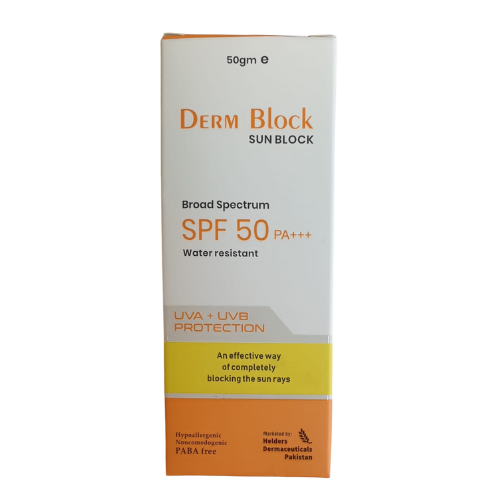
Beyond Reef-Safe: Embracing Truly Eco-Friendly Sunblocks
While avoiding harmful chemicals is a critical first step, the concept of safe and eco-friendly sunblocks extends beyond just the active ingredients. A truly eco-friendly sunblock considers its entire lifecycle, from production to disposal.
Here’s what to look for when seeking out truly safe and eco-friendly sunblocks:
- Biodegradable Formulas: Ensure that the inactive ingredients in the sunblock are also biodegradable, meaning they can break down naturally in the environment without leaving harmful residues. This includes emollients, emulsifiers, and preservatives.
- Sustainable Sourcing: Some ingredients, even natural ones, can be sourced unethically or in ways that harm the environment (e.g., deforestation for certain plant oils). Brands committed to being eco-friendly will often highlight their sustainable sourcing practices.
- Minimal and Recyclable Packaging: Traditional plastic tubes contribute to plastic pollution. Look for sunblocks packaged in:
- Recycled plastic: Giving new life to existing waste.
- Post-consumer recycled (PCR) plastic: Made from plastic that has been used by consumers and recycled.
- Bioplastics: Made from renewable biomass sources, though their biodegradability varies.
- Aluminum tins or tubes: Highly recyclable and durable.
- Cardboard or paper-based packaging: Often compostable or easily recyclable.
- Refillable options: Some brands offer innovative refill systems to reduce packaging waste.
- Cruelty-Free and Vegan: While not directly related to environmental impact on water, many eco-conscious consumers also prefer products that are not tested on animals and do not contain animal-derived ingredients.
Navigating the Marketing Maze: “Reef-Safe” Claims and Certifications
The term “reef-safe” is not legally regulated in many parts of the world. This means that some brands might use the term loosely, even if their products contain ingredients that are questionable. To be a discerning consumer and truly find safe and eco-friendly sunblocks, consider these tips:
- Read the Ingredient List: This is your most powerful tool. Specifically look for the active ingredients. If you see oxybenzone, octinoxate, octocrylene, or homosalate, it’s generally not considered reef-safe. Prioritize non-nano zinc oxide and titanium dioxide.
- Look for Third-Party Certifications: While still developing for “reef-safe,” some organizations offer certifications for ethical and environmental practices. Researching these certifications can help verify a brand’s claims.
- Research the Brand: A genuinely eco-friendly brand will often have detailed information on their website about their sustainability efforts, ingredient sourcing, and manufacturing processes. Transparency is key.
- Understand Local Regulations: Some places, like Hawaii and Palau, have implemented bans on sunscreens containing oxybenzone and octinoxate. When traveling, be aware of and respect local regulations.
Making the Switch: Practical Tips for Using Safe and Eco-Friendly Sunblocks
Transitioning to safe and eco-friendly sunblocks doesn’t have to be complicated. Here are some practical tips:
- Start with a Patch Test: If you have sensitive skin, always do a patch test with a new sunblock to ensure no irritation.
- Application Matters: Mineral sunblocks often have a thicker consistency and may leave a slight white cast, especially non-nano formulas. Apply in smaller sections and blend well. Many brands are now developing tinted mineral sunscreens or formulations that blend more seamlessly into the skin.
- Reapply Regularly: Regardless of whether your sunblock is chemical or mineral, or how high the SPF, reapplication is crucial. Apply every two hours, or more often if swimming or sweating.
- Don’t Rely Solely on Sunblock: Sunblock is just one part of a comprehensive sun protection strategy. Seek shade during peak sun hours (10 AM to 4 PM), wear protective clothing (long-sleeved shirts, hats, sunglasses), and use UPF (Ultraviolet Protection Factor) rated apparel.
- Educate Others: Share your knowledge about safe and eco-friendly sunblocks with friends and family. The more people who make informed choices, the greater the positive impact on our planet.
The “Green Revolution in Sun Protection” is more than just a trend; it’s a necessary evolution in how we protect ourselves while respecting the environment. By choosing safe and eco-friendly sunblocks, we can safeguard our skin and contribute to the preservation of our planet’s vital marine ecosystems. Every conscious choice we make, from the products we use to the waste we produce, plays a part in shaping a healthier future for both humanity and the natural world. Let’s embrace this revolution and become stewards of our skin and our shared planet.
